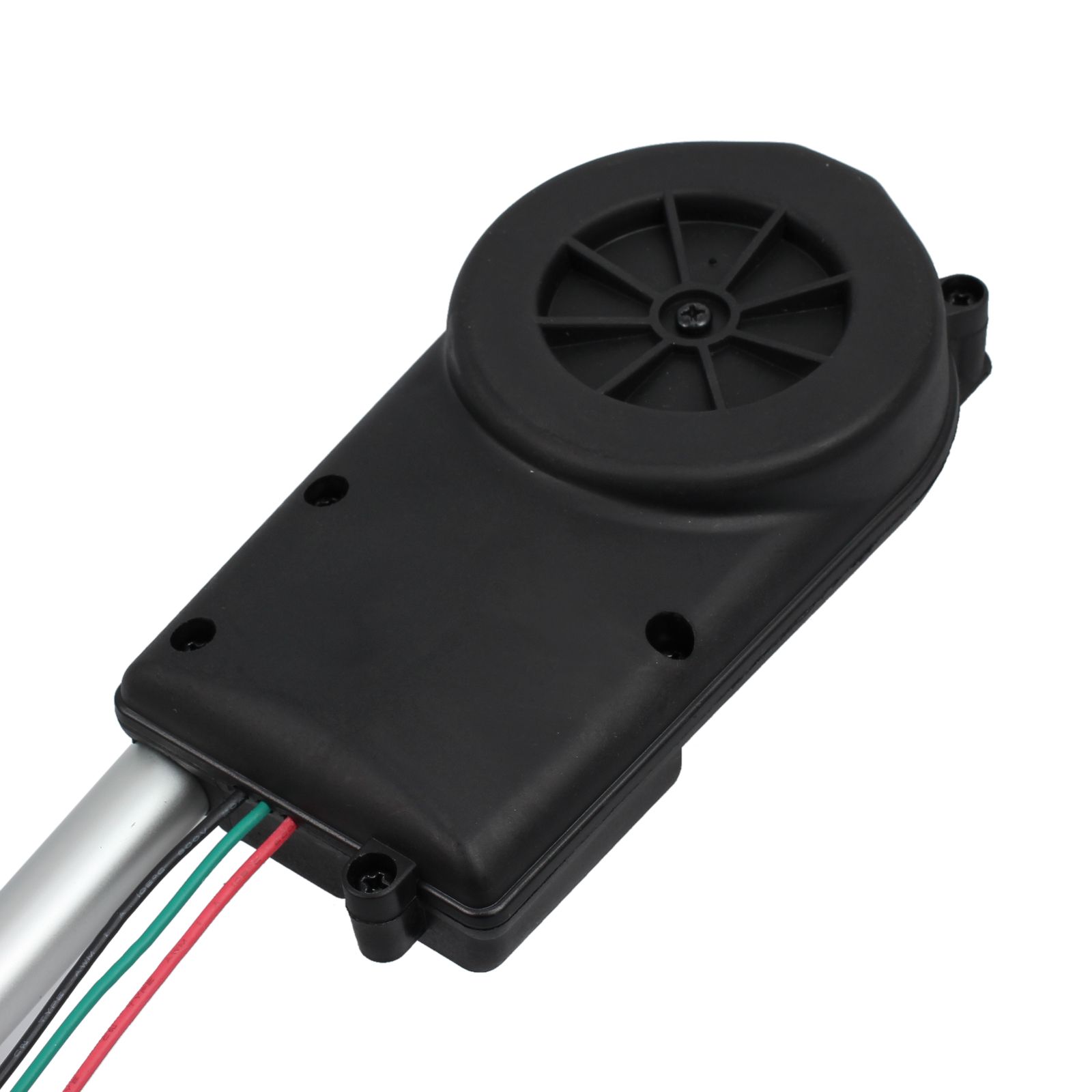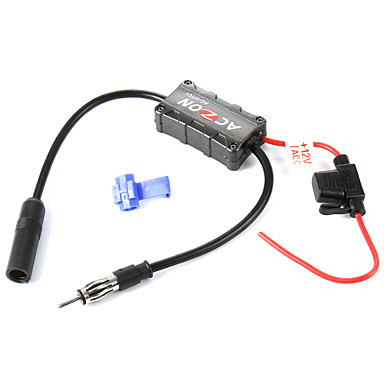

The prime contractor for most other components of the SRBs, as well as for the integration of all the components and retrieval of the spent SRBs, was USBI, a subsidiary of Pratt and Whitney.

The motor segments of the SRBs were manufactured by Thiokol of Brigham City, Utah, which was later purchased by ATK. With a combined mass of about 1,180 t (1,160 long tons 1,300 short tons), they comprised over half the mass of the Shuttle stack at liftoff. Each Space Shuttle SRB provided a maximum 14.7 MN (3,300,000 lbf) thrust, roughly double the most powerful single- combustion chamber liquid-propellant rocket engine ever flown, the Rocketdyne F-1. The Space Launch System (SLS) SRBs, adapted from the shuttle, surpassed it as the most powerful solid rocket motors ever flown, after the launch of the Artemis-1 mission in 2022. The Space Shuttle SRBs were the most powerful solid rocket motors to ever launch humans. After burnout, they were jettisoned and parachuted into the Atlantic Ocean where they were recovered, examined, refurbished, and reused. A pair of these provided 85% of the Space Shuttle's thrust at liftoff and for the first two minutes of ascent.

The Space Shuttle Solid Rocket Booster ( SRB) was the first solid-propellant rocket to be used for primary propulsion on a vehicle used for human spaceflight. United Space Boosters Inc., Pratt and Whitney Two Space Shuttle SRBs on the crawler-transporter


 0 kommentar(er)
0 kommentar(er)
